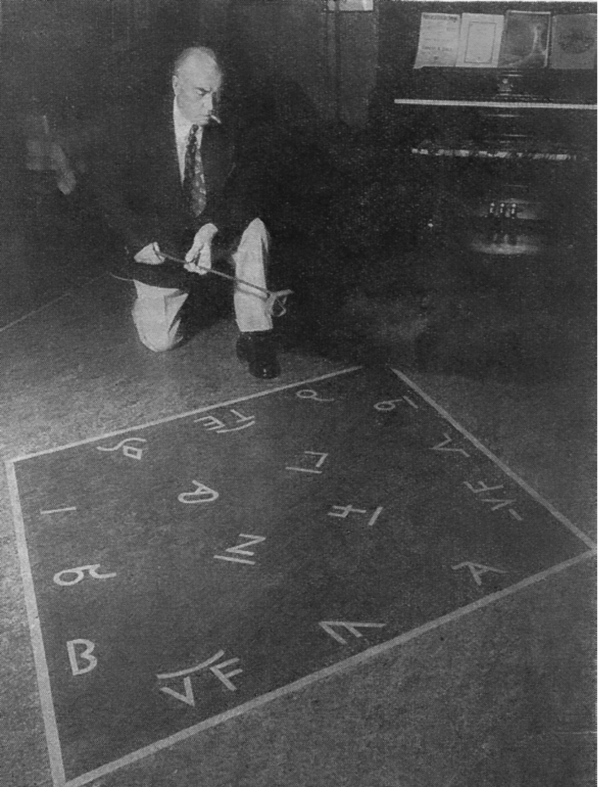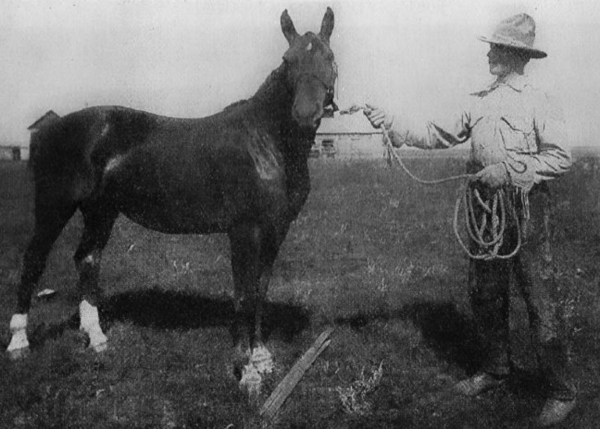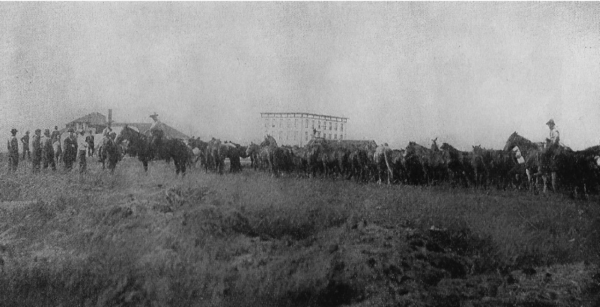From PEI to Buckingham Palace
By Tom Reardon
John James Bowlen quite possibly took the most diverse route ever travelled from P. E. I. to Buckingham Palace. Visiting the Queen in her house was not a lifelong ambition, but here’s how it came to be.

He was born on the family farm near Cardigan, P.E.I., in 1876. At 15 he went to Boston to build his own life. Wages were a dollar a day. He went through several years in that pay bracket then landed a job with the West End Street Railway as a conductor. At $2.25 per day, it was the best a young man with little education could hope for. By 1900, Bowlen had a wife and $1,000, so he returned home to buy a farm.
His farm was a success, but he wanted to see the West, so he sold out and took a train to Winnipeg.
In Manitoba, he secured a job managing a farm for a fellow whose sick wife needed him back East. When his contract was done, he returned home and began trading livestock, but the West still called.
He made the move in March of 1906. The country around Humboldt, Sask., had been opened for homesteading three years prior. He purchased a 160-acre farm near Muenster. Using workhorses, he got his land worked much quicker than his neighbours who were using oxen. At the end of July, a killer frost levelled his crop.
Then came the infamous winter of 1906–07. Much of the livestock in Western Canada perished, including Bowlen’s workhorses. He went to Manitoba and purchased 20 horses. They sold in one day at Humboldt. He made two more trips that winter, paid off the bank and turned a $1,500 profit. But, for the second year in a row, his crop froze.

He sold his farm and took a homestead and soon found a source of horses at High River. He made two trips West — both profitable.
In 1909 while in Fort Macleod waiting for a train, a man trailed 150 horses into town. Bowlen promptly bought the horses. It was mid-January. He rented a section of land with a haystack on it near High River, hired a man to tend herd and resumed his trip home.
That spring, he decided to let his horses eat their way to Muenster. In early May he and his crew departed — a month later they were at Provost. The new settlers needed horses and Bowlen sold them in many new towns along the railway: Macklin, Kerrobert, Unity, and past Saskatoon to Muenster. For six seasons he made that trek.
Needing a horse ranch and staging area for his annual trip, he bought a place near Rosebud and hired a man to run it. By 1917 the rangeland around his ranch was being homesteaded, so he sold out and bought the Q Ranch, consisting of 100,000 acres and 1,700 horses. Bowlen hired ranch hands and bought a house in Calgary for his family.

He spent time on his ranch but was often in Calgary. The winter of 1919–20 changed all that.
A chinook melted the surface of two feet of snow that crusted over. Sixty miles to the west, Jim Wallace had grassland that the chinook had bared. He allowed Bowlen and crew to trail his horses in for the rest of the winter. That spring Bowlen dealt all his horses, restocked with cattle, then sold out to the cattleman that had bailed him out.
At the 1920 Calgary Stampede, he bought a ranch at Alderson, and soon he had 3,000 horses. Every spring he went peddling horses. Otherwise, he was a ‘hands-on’ rancher and even imported stallions from Texas. His Alderson Ranch grew to be Canada’s biggest horse ranch.
Bowlen saw the tractor coming, sold his horses and stocked the place with sheep in 1929.
In 1931 he was elected to the Alberta Legislative Assembly, and he held that seat until 1944. He sold the sheep ranch and farms at Claresholm, Pincher Creek and Brooks. After a winter in Florida, he bought land at Cochrane and Carseland.
John James Bowlen was appointed LieutenantGovernor of Alberta in January 1950. In 1956, the old horse trader was invited to Buckingham Palace for a private audience with the Queen. He was the first Lieutenant-Governor from a Dominion to receive such an invitation.
J.J. Bowlen was Alberta’s longest-serving viceroy, and he died in office December 16, 1959. He is buried in St. Joachim’s Cemetery in Edmonton.
*I sincerely apologize for the poor images; the Glenbow Museum Archives was still closed at press time. For more on J. J. Bowlen, read Vice Regal Cowboy: Alberta’s J. J. Bowlen by Tony Cashman. —Editor.












